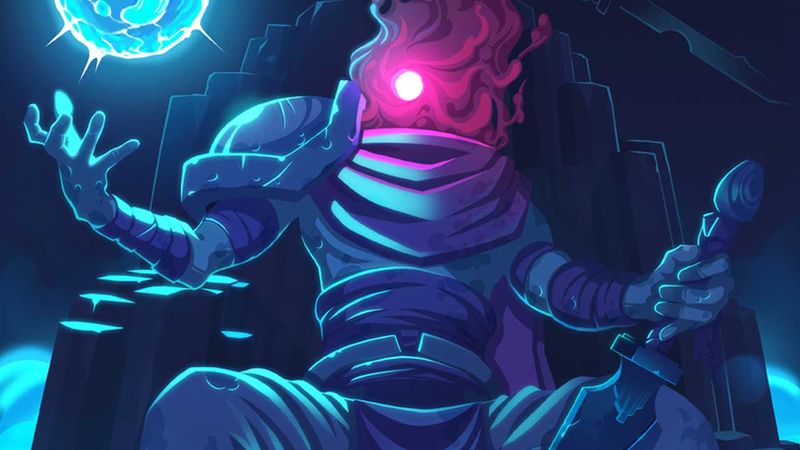History books always include the three main modern monotheistic religions on which our free thinking as a civil society, whether or not dissolved, has been influenced for centuries. Perhaps the victim of an interplanetary conspiracy, there is a fourth religion apparently unknown to historians, and that over the years has been able to influence the thinking of entire generations.
We are talking about the religion founded in Japan in 1984 by Akira Toriyama, who has in his own pantheon of deity all the characters, from the first to the last, who came out of the Master’s head and who have been popular for over thirty years by the universe of Dragon Ball. And all of us, no one excluded, as devotees adept at this religion that will soon conquer the world, we spread the Word, celebrating Master Toriyama as it ought,
And in these years past the TV and browsing pages and pages of inked volumes and designed exceptionally, how best to chirp the Master if not to pinch our fingers over the multitude of titles (more than fifty, remember it) flourished over the years and arrived on the most disparate platforms?
And just in view of the closed beta of these days of the new Arc System Dragon Ball FighterZ, we have taken the opportunity to crush into our immense memory box from which, by freaking out feverish, we brought back some of the pickup titles we were left more attached. Deceiving the wait from here in February, the release time of the new Arc System kick, are you ready for a dive in the past, glorifying once again the light with which the Master of at least three generations illuminates us common mortals?

Dragon Ball Z: The Super Budoten Saga
It is true, Super Budoten may not be the very first shotgun coming out of Dragoverso, but certainly is the first noteworthy. Released on the SNES platform, the first chapter (the saga will count three in all) came out in Japan in 1993, almost nearly ten years after the official release of the first chapter of the manga. Once more than enough to break into the hearts of fans of Dragon Ball who finally could put their hands on a title consisting of a sufficiently large roster consisting of ten fighters and a valuable and dynamic combat system that was able to fully report cathodic screen the frenzy of clashes seen on manga pages.
It was a pleasure for the developers in the second chapter: losing some of the Story Mode encounters risks rewriting the manga story completely.
Though it was a very nice series, there was certainly no doubt about Budoten: the second chapter, imported into Europe only in France and Spain, had a translation that compared Google Translate would look deserving of cum laude. A terrible translation work featuring meaningless phrases and that on many occasions undermined the usability of video gambling experience.
What is good to know: thethird chapter lacked the Story Mode. Some of the most malevolent tongues were rummaging through rumors that it was pulled away because it did not fit into the cartridge storage space because it was too heavy.

Dragon Ball Z: Ultimate Battle 22
And as reported in the Sacred Scriptures, from the Second Gospel Toriyama, tankobon no. 4, verse eighteenth: “[…] is here that false prophets will be revealed and removed from the worship of the Master: only those who forged their fingertips by destroying dozens of pads on this title can take on the role of spiritual guide and may speak of Dragon Ball proudly, without fear of being judged.
” DBZ: Ultimate Battle makes its appearance on Sony Playstation in 1995 and is a watershed for a whole generation of gamers: thanks to its 16-bit and three-dimensional hybridized graphics, it remains for years one of the most famous titles and known by the saga , although it was in many respects a game almost unpleasant. The videogame critics of the time literally came across, streaking the game in every way.
Characters’ animations were plump, the cobat system was woody, the 3D environments were poor and rendered very badly, the effects of light, particles, and energetic attacks made so bad that in a subsequent portrayal of SEGA Saturn were completely replaced and recreated from scratch.
Yet the audience was enthusiastic about this game, fascinated by the wealth of the characters presented, 22 for the very first time, giving the thousands of fans the chance to put their hands on almost all the characters in the saga. And in a world where broadband was still a utopia, having friends or cousins right, you could get to know the codes to unlock five additional characters, including Gogeta, only appeared in movies and never in the animated series .

